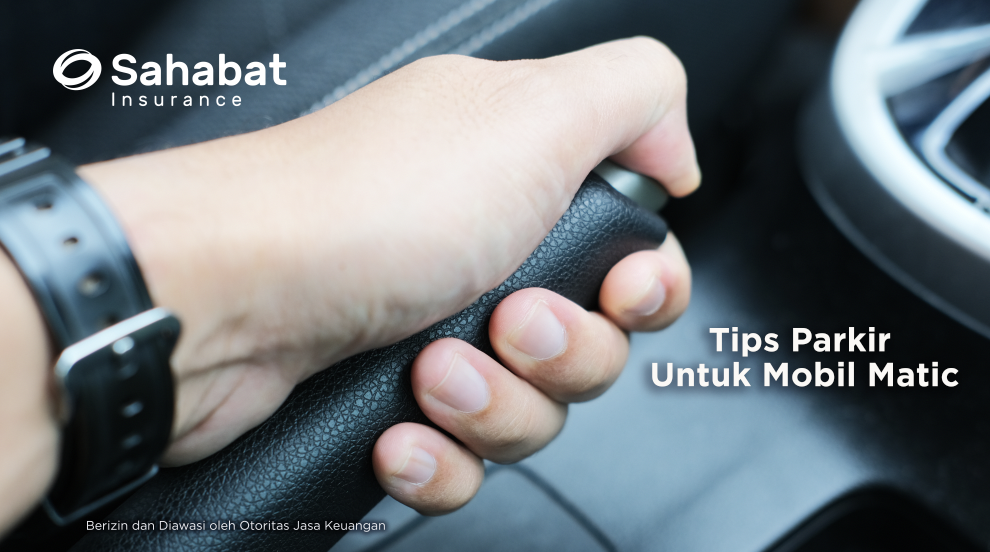Parking: Shift to “P” Or Pull the Handbrake First?
Terakhir Diubah : 03:06:57 - Tuesday, 06 September 2022

The parking brake is essential to your safety and those around you. If you have an automatic gearbox, apply the handbrake first, then put it in P. This ensures that the car’s weight isn’t resting on the parking pawl. If you don’t use the handbrake, you’ll be putting constant pressure on the parking pawl and transmission components which will eventually fail, leading to costly repairs.
Your car’s brakes are controlled by something called a parking pawl.The parking pawl locks the transmission's output shaft to the transmission casing by engaging a pawl (a pin) that engages in a notched wheel on the shaft, stopping it (and thus the driven wheels) from rotating.When you shift into “P” first, the weight of the car rests on that tiny metal bit we call the parking pawl. That’s not great. When you do this, you will hear the unpleasant “clunk” when shifting out of “P” later.
If you have an automatic transmission, apply the handbrake first, then put it in P. Shifting to 'P' before pulling the handbrake is how you damage your automatic transmission.
Berita Lainnya
Sahabat Insurance Bandung - Branch Office Relocation
Dear Valued Customers and Partners,
Thank you for the support and cooperation you have given us over the years.
We are pleased to inform you that with effect from January 2023, Sahabat Insurance Bandung will be relocating to the following address:
Jl. Lengkong Besar No. 52C, Cikawao, Bandung, Jawa Barat.
Tlp: 022-30500191
Email: [email protected]
Should you have any questions on the relocation, please feel free to contact us.
Look forward to seeing and serving you at our new facility.
For more info about Sahabat Insurance please call 021-50508080 or email :[email protected]

 Indonesia
Indonesia
